Animals That Fly

key notes:
Introduction to Flying Animals
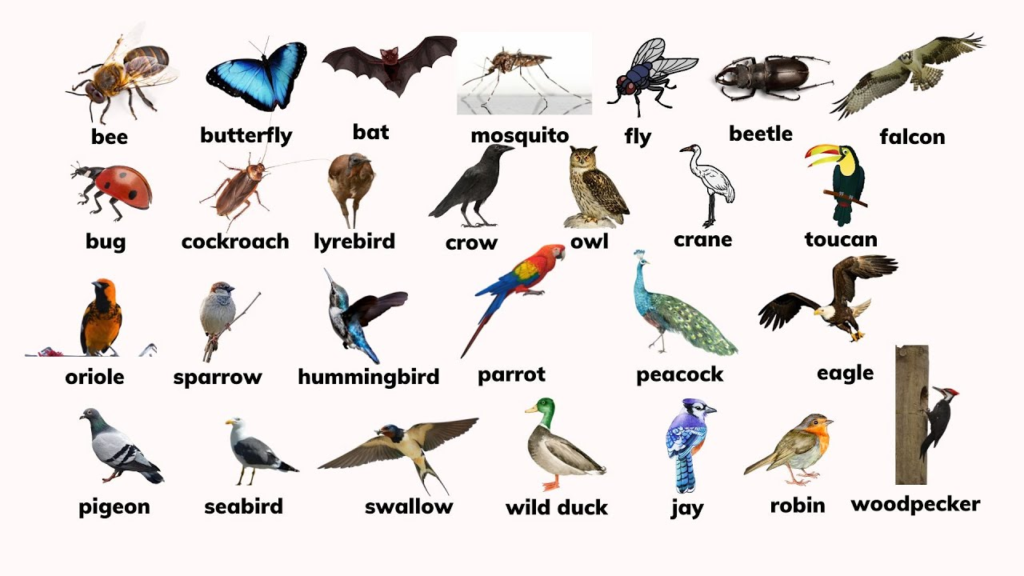
- Flying animals can move through the air using wings.
- They are often found in different environments, including forests, grasslands, and cities.
Examples of Animals That Fly
- Birds: Most birds can fly (e.g., sparrows, eagles, parrots).
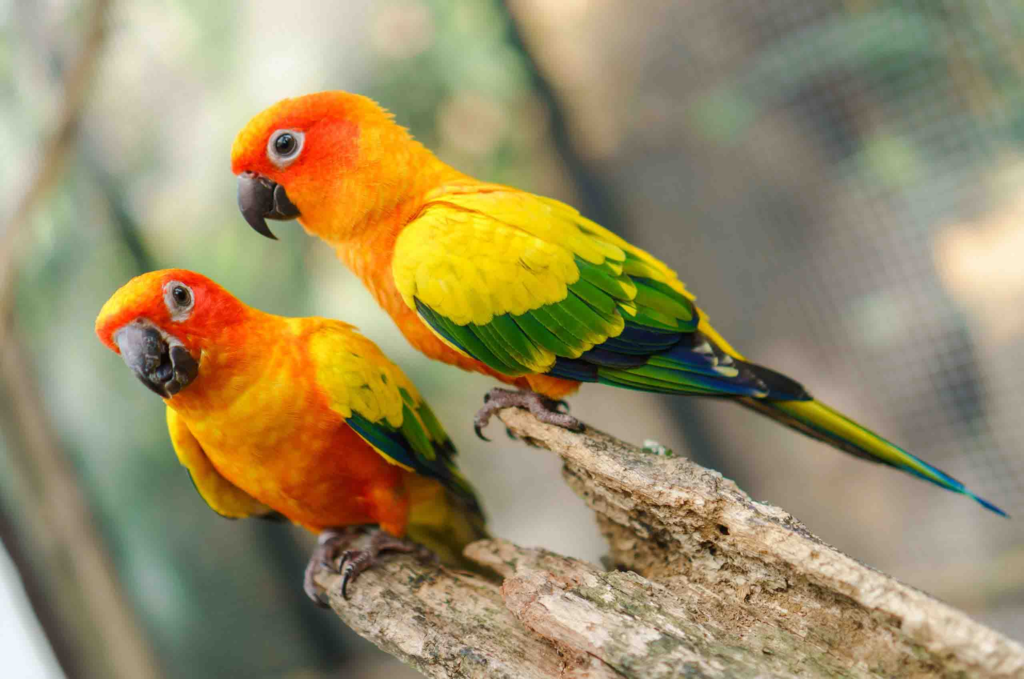
- Insects: Many insects can fly (e.g., butterflies, bees, dragonflies).
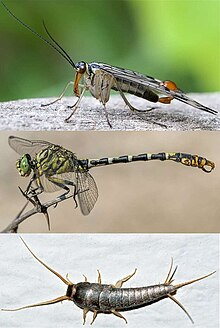
- Mammals: Some mammals can fly (e.g., bats).
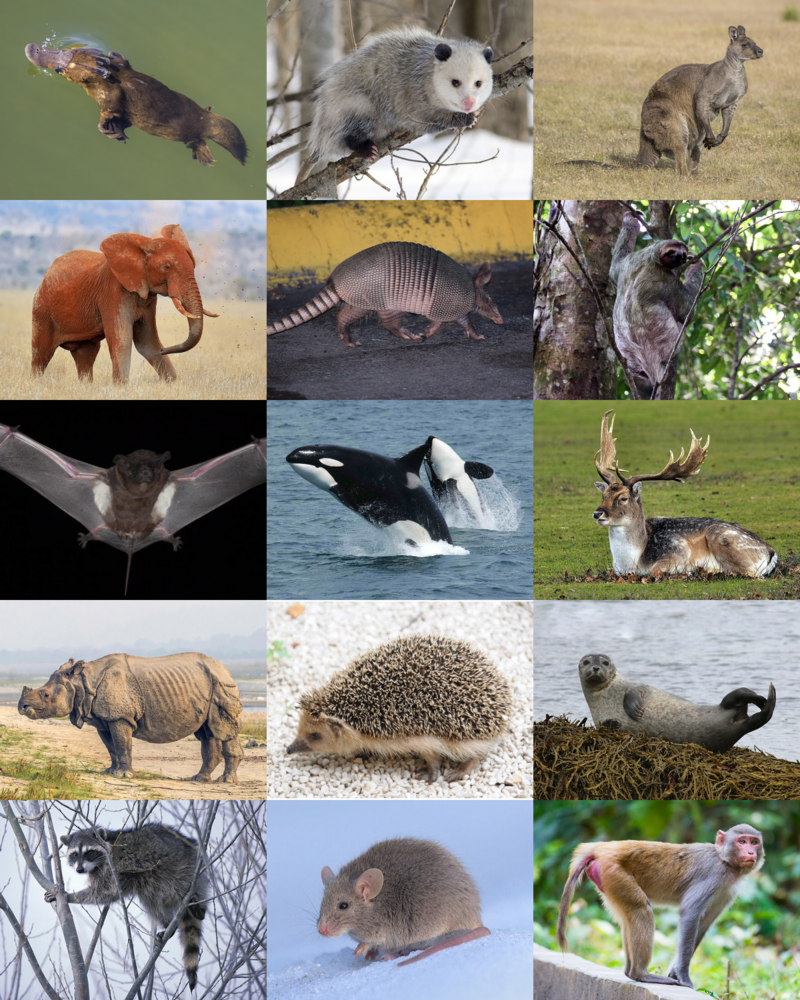
Features That Help Animals Fly
- Wings: Special body parts for flying.
- Feathers: Birds have feathers to help them glide and steer.
- Lightweight Bodies: Flying animals usually have light bodies to make flying easier.
- Strong Muscles: Help flap their wings powerfully.
Why Do Animals Fly?
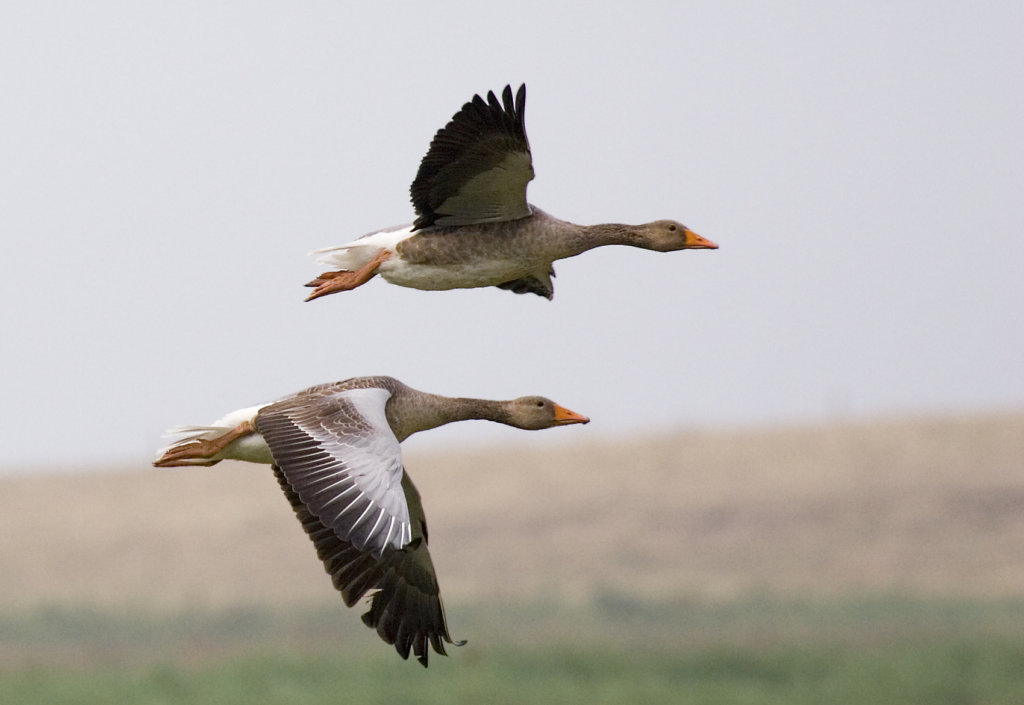
- To Find Food: Birds fly to hunt for insects, fish, or fruits.
- To Escape Predators: Flying helps them stay safe from danger.
- To Travel Long Distances: Some birds, like swallows, migrate for better weather and food.
Different Ways Animals Fly
- Gliding: Some animals, like flying squirrels, glide without flapping their wings.
- Hovering: Hummingbirds can stay in one spot in the air by flapping their wings quickly.

Fun Facts
- The albatross can fly for days without stopping!
- Bats are the only mammals that truly fly, not just glide.
- Dragonflies are expert fliers and can move in all directions.
Safety While Watching Flying Animals
- Do not disturb birds’ nests.
- Observe from a distance to avoid scaring the animals.
Let’s practice!🖊️

